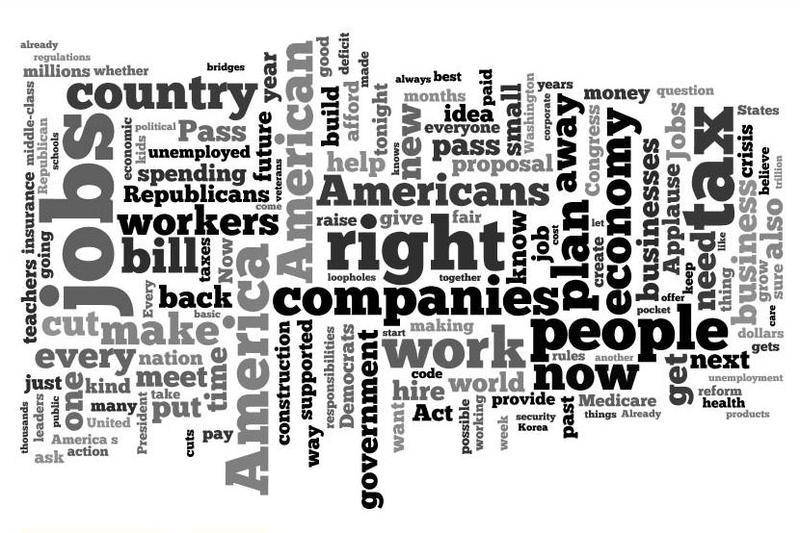Opinion: Why Obama and Romney Should be Worried about Shrinking Work Force

The 2012 election will largely be about the economy and jobs. Republicans argue that Obama has been a “job killer,” while Democrats insist that eight years of Bush deficit spending and the Wall Street mortgage bundling fiasco have brought us to the sorry state in which we find ourselves.
To summarize where we are, in March, the U-3 unemployment rate in the U.S. was 8.2 percent. But according to business trackers, a more accurate measure is called the U-6, which accounts for "total unemployed, plus all persons marginally attached to the labor force, plus total employed part-time for economic reasons, as a percent of the civilian labor force, plus all persons marginally attached to the labor force." Obviously, this number is a lot higher - 14.8 percent
Let’s be aware that the official unemployment rate counts only those workers who are actively seeking work. It is disconcerting that the Bureau of Labor Statistics admits that no one knows what the actual unemployment rate is, and BLS estimates are often worthless for estimating local, metropolitan and county unemployment. In some of those areas the U-6 level unemployment may be far greater than 15 percent.
Looking at these numbers gives us a sense of the "Big Picture” of unemployment, and cements the idea that jobs will continue to be a crucial factor in U.S. elections for many years to come.
In his Washington Post piece "The Incredible Shrinking Labor Force," Brad Plumer writes:
The decade-long trend of fewer workers explains the current drop in unemployment but also has long-term implications for U.S. economic prospects... This is the core of the controversy between Democrats and Republicans over which candidate and party can “create more jobs” and get the nation out of the recession.
Along with this notion is the fact that the United States is growing older. Over 70 million “boomers” - those 50 and over - are calling it quits and retiring, thus reducing the percentage of Americans in the labor force. Plumer cites the Federal Reserve Bank of Chicago which, “ … expects the labor force participation rate to be lower in 2020 than it is today, regardless of how well the economy does (emphasis mine.)
In a March 2012 report titled “Dispelling an Urban Legend,” Dean Maki, an economist at Barclays Capital, found that demographics accounted for a majority of the drop in the participation rate since 2002.” This is a strong trend even though many boomers who could retire are actually working longer than the previous generation.
Eric Schulzke writes, “In 1989, 45 percent of 16- and 17-year-olds were in the workforce, which includes part-time and summer employment. By 2011, a mere 22 percent of this age group was working. Young adults aged 22-24 … also saw their workforce engagement fall from 82 percent in 1989 to 75 percent in 2011.”
While the politicians will never acknowledge these facts they strongly suggest that no matter what the percentage of Americans in the labor force will decline. That decline in turn has a profound effect on the economy reducing the number of workers paying into Social Security and Medicare. Moreover retired or unemployed people spend frugally and don’t stimulate sectors of the economy which working people frequent. On the other hand as they age they DO access the healthcare and emergency care systems with dire consequences for the cost of this sector.
As the race between Mitt Romney and Barack Obama accelerates be aware of these “meta trends” when you hear the candidates make promises about the economy and jobs. Unless they can also affect demographics, which is very improbable, these are campaign rhetoric not realism.
I’m sorry to say this but we need to get used to these sobering numbers. They are reality. To quote a cliché “demographics is destiny.”